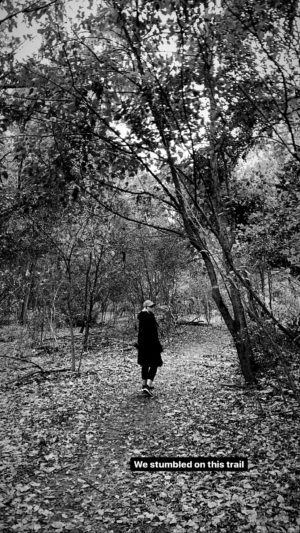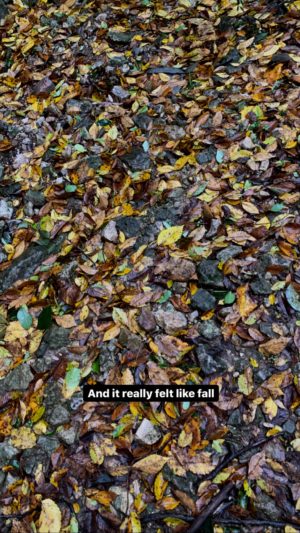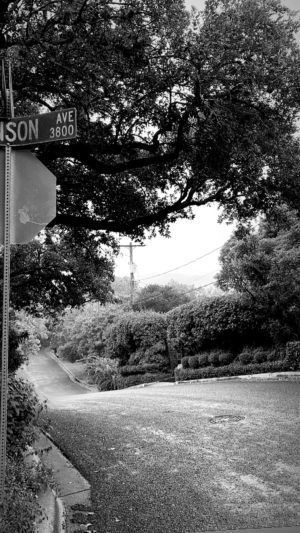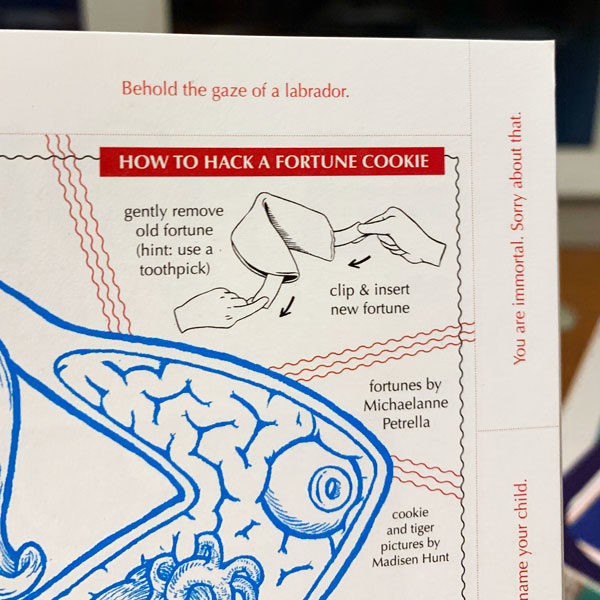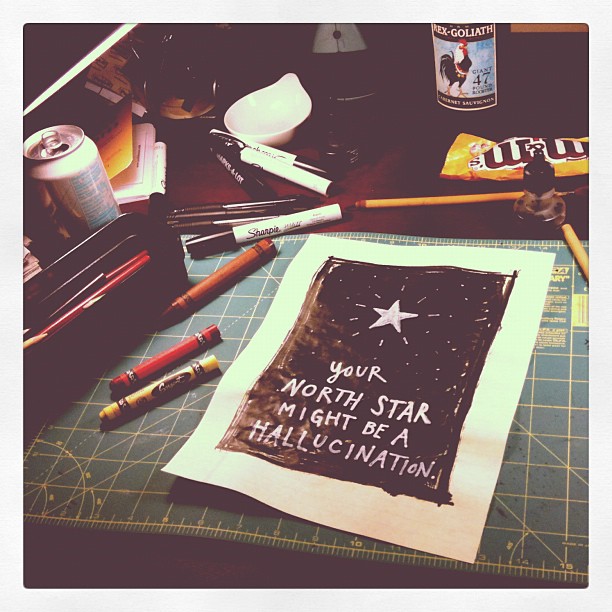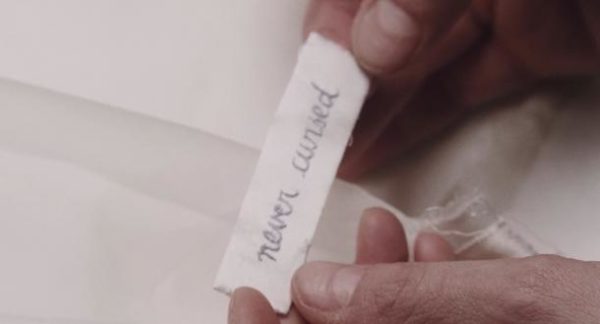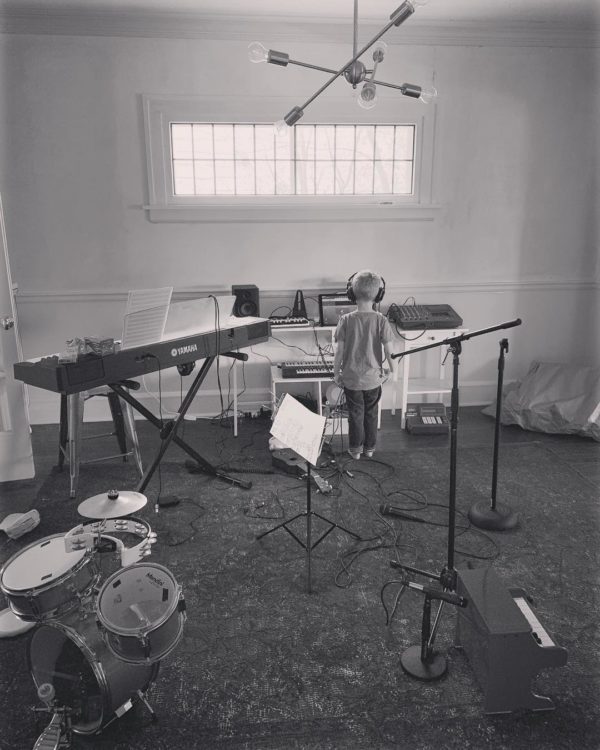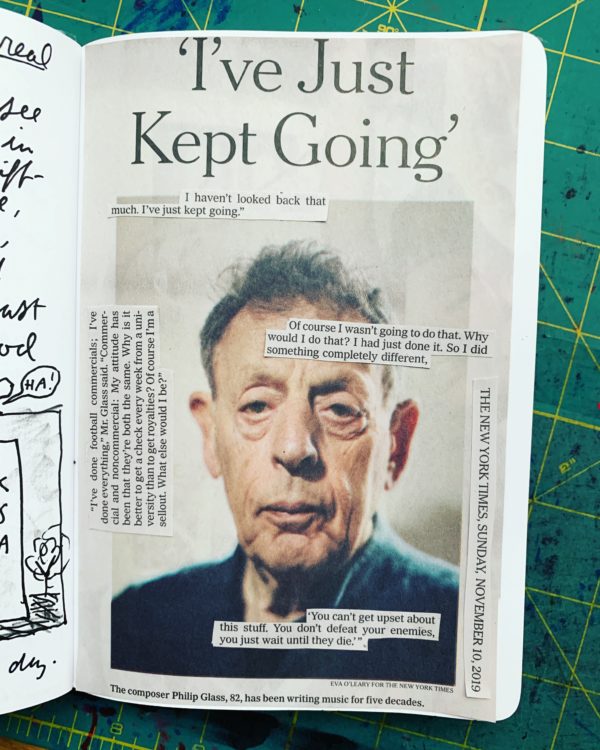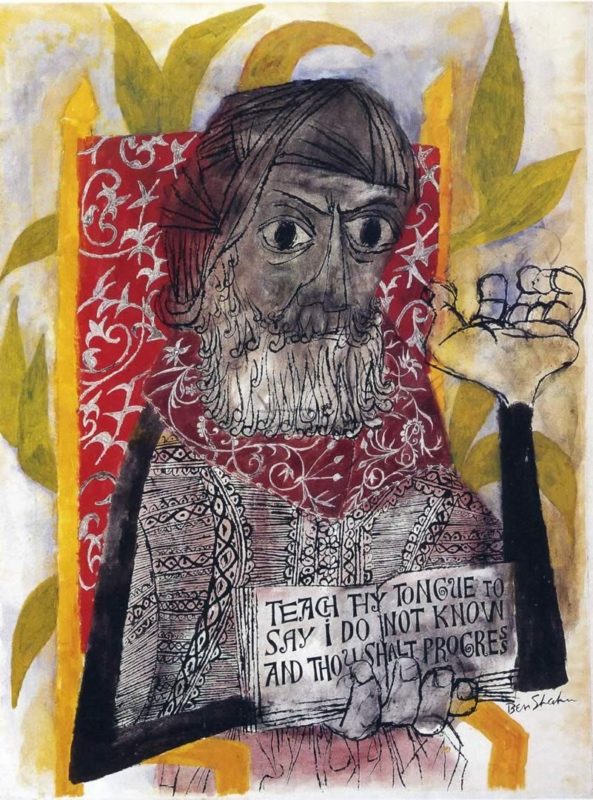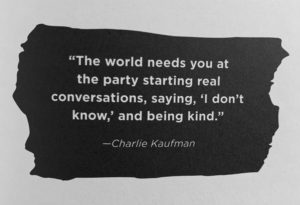I spent yesterday thinking about these words of Wendell Berry, from his 1968 essay, “A Native Hill”:
I had made a significant change in my relation to the place: before, it had been mine by coincidence or accident; now it was mine by choice. My return, which at first had been hesitant and tentative, grew wholehearted and sure. I had come back to stay.
My wife and I took a magical little walk (just an hour or so after I had written this post!) in a part of town unknown to us and I thought about happy we were to be back here, in the place that suits us, walking and exploring and just living our lives.
